Halo's weird, awkward history on PC
The tumultuous history of Bungie's shooter series, from Mac RTS to Microsoft's star console franchise.
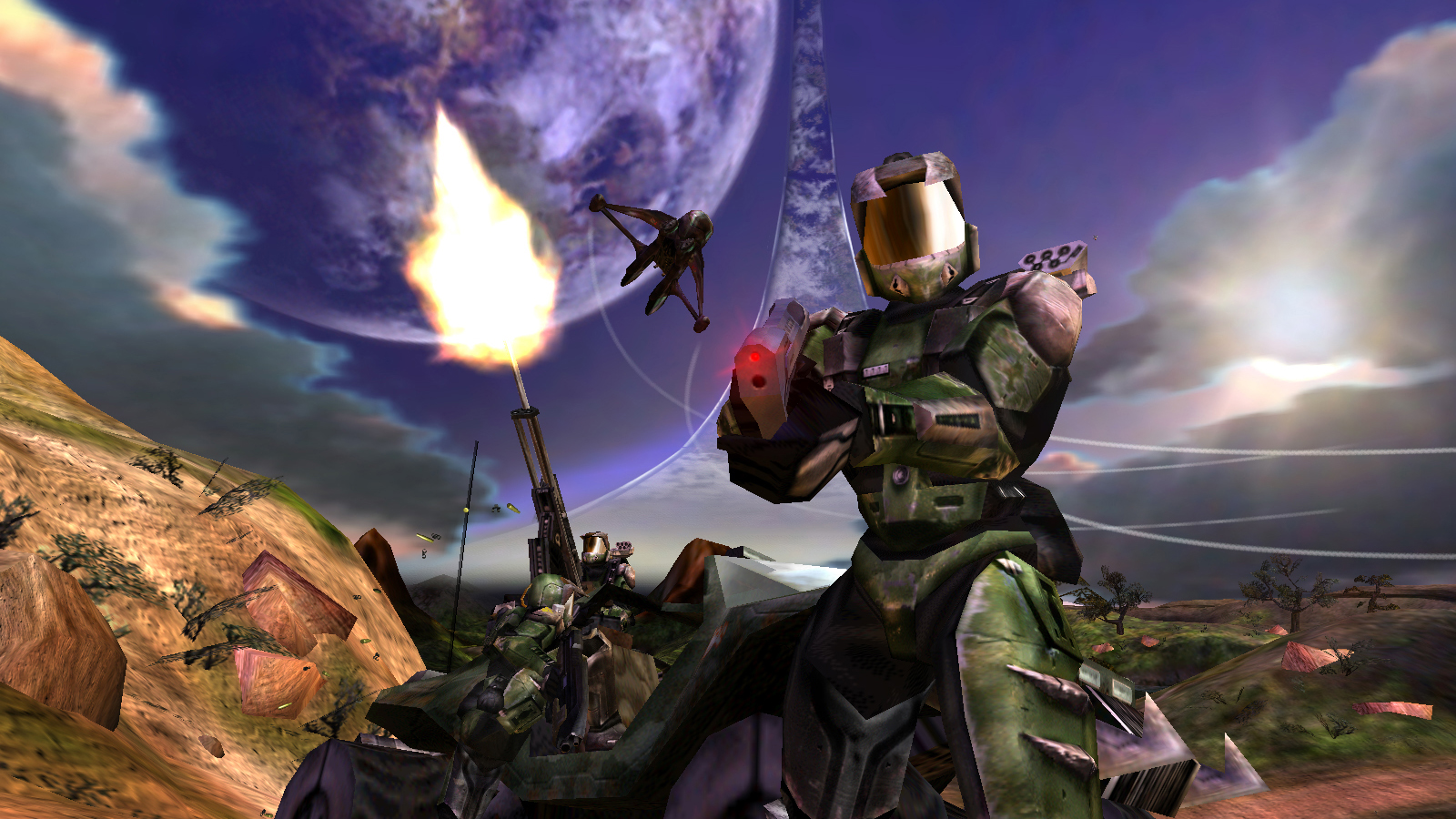
The most important console shooter of the 2000s wasn’t born as the star of Microsoft’s first console. In its earliest form it was actually an RTS destined for the Mac. Weird? Definitely. But for such a huge, mainstream series, Halo’s entire history—specifically its on-again, off-again relationship with PC gaming—is a bizarre and twisting path. Halo’s PC story starts on the Mac, involves the death of a beloved strategy game developer, a canceled MMO, and years-late ports locked behind new versions of DirectX.
The game that was made to sell Xboxes, and then Windows Vista, and then Xboxes again, was first introduced to the world by Apple legend Steve Jobs.
Steve Jobs and Combat Evolved
It was 1999, and Steve Jobs was on stage at MacWorld, talking about Apple’s renewed commitment to gaming. Halo was “one of the coolest [games] I’ve ever seen,” he said. Jobs announced it would be out in early 2000. But even this first look at Halo, a third-person shooter starring recognizable (though much uglier) versions of Master Chief and Elites driving around in a warthog and ghosts, was its second form. A few years later Bungie released a video on the evolution of Halo, showing off its earliest prototype, an RTS in the vein of its previous game Myth. Almost nothing, at that point, had recognizable Halo DNA.
Bungie was traditionally a Mac developer, but as Apple fell behind on 3D accelerator support in the late 90s, it (and many other developers) started releasing games for the PC. Halo was meant to launch on both, and press had actually gotten to see it (now in in its third-person action game form) shortly before Steve Jobs introduced it at MacWorld. Halo was on the cover of Computer Gaming World in November 1999 as one of five games that would change gaming forever. “We feel Halo has the surest shot at changing gaming,” CGW wrote. “It just looks too damn good.”
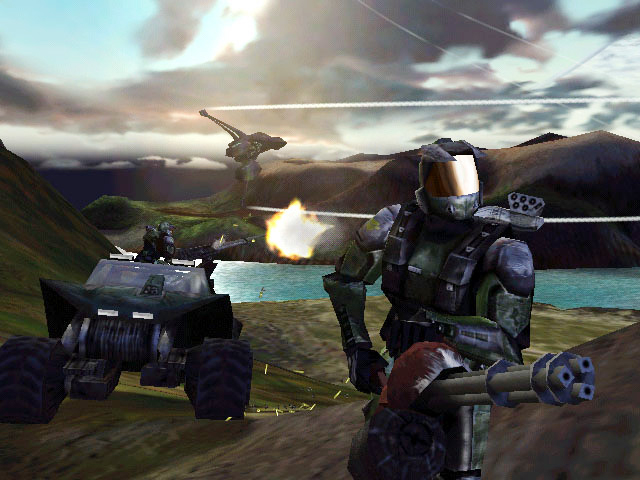
Well, they were right. But it was console gaming, not PC gaming, that Halo would change two years later. Microsoft bought Bungie in 2000, and Steve Jobs was so mad he called up Microsoft CEO Steve Ballmer to yell at him. Halo was headed for the Xbox, but Xbox head Ed Fries promised Microsoft would port some future PC games to the Mac. Halo, eventually, was among them.
Halo revolutionized first-person controls on consoles with its dual analog setup, and its regenerating shields and two weapon system sent huge ripples through the design trends of 2000s shooters. But its LAN mode made almost as big of an impact. This was a genuine phenomenon for console gaming: a way to play large-scale multiplayer on multiple systems at at a time when online play was almost completely relegated to the PC. In 2001, Halo wasn’t a PC game, but it brought an invaluable element of PC gaming to the Xbox. Without Halo LAN parties establishing the Xbox as the go-to console for multiplayer shooters, would Xbox Live have been so dominant on the Xbox and Xbox 360? Maybe not.
When Halo finally did make it to the PC in 2003 it was via Gearbox Studios, not Bungie. And to make good on an old promise, Microsoft published the game on Mac OS X a few months later. It would be the last Halo game to appear on an Apple platform until the mobile game Spartan Assault in 2015, and the end of Bungie’s long Mac history.
The biggest gaming news, reviews and hardware deals
Keep up to date with the most important stories and the best deals, as picked by the PC Gamer team.
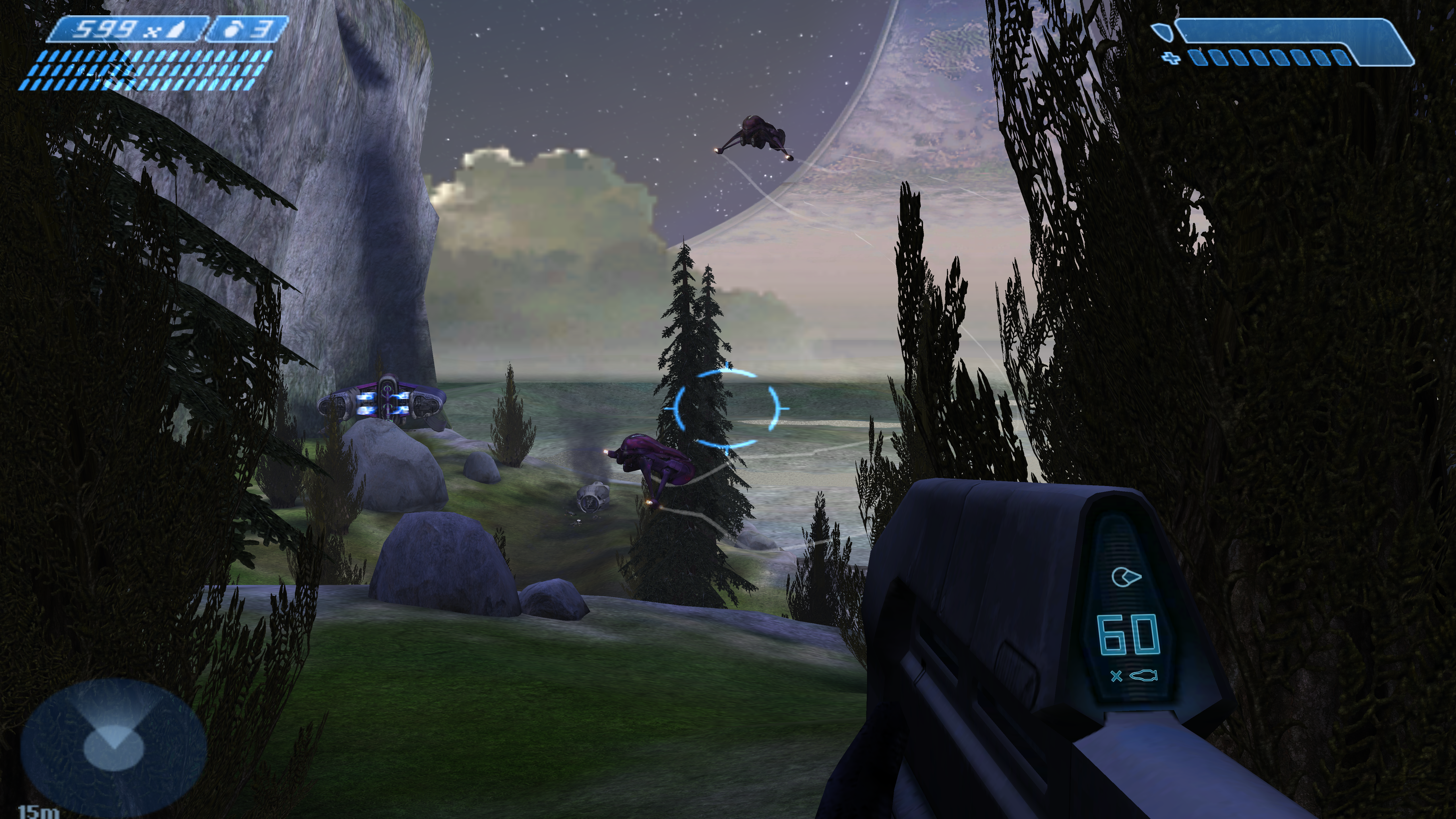
Another bit of strange gaming history: Gearbox got its start developing expansions for Half-Life with Valve; in 2004, Half-Life 2 and Halo 2 would release one week apart in what may have been the biggest PC vs console sequel rivalry ever.
More than a decade later Halo is still alive on PC thanks to Halo: Custom Edition, a free expansion from Gearbox that put Bungie’s development tools in the hands of modders. And amazingly, 11 years after release, Bungie put out a patch moving Halo CE from Gamespy to a new server browser, fixed some performance issues on modern graphics cards, and ensured the game could run at resolutions up to 4K. No Halo game since has had a more active PC community—but that’s not so surprising when you see what Microsoft did with the series after 2003.
This is Halo in its earliest form, an RTS. It soon transitioned to being a third-person shooter.
The Vista curse and the death of Ensemble
Halo: Combat Evolved came to PC two years after the Xbox, but in that time gaming technology wasn’t radically changing. Halo 2, on the other hand, arrived on the Xbox in 2004, only a year before the launch of the Xbox 360, and took another two and a half years to make it to PC. There were three new consoles by then. Crysis arrived on PC shortly after Halo 2, making the port of an Xbox shooter look practically ancient by comparison.
It was still a fun game, but that ultimately didn’t matter much. Microsoft was using Halo 2 as its flagship in the launch of Games for Windows Live and the latest version of DirectX, which was exclusive to the much-maligned Windows Vista. Halo 1’s PC DNA made LAN play on Xbox a phenomenon and helped boost Xbox Live to greatness, but Halo 2‘s blockbuster status doomed it to be a marketing pawn. There was no chance in hell most PC gamers were going to pay for a new OS just to buy a port of an old console game and pay for an Xbox Live subscription on top of that.
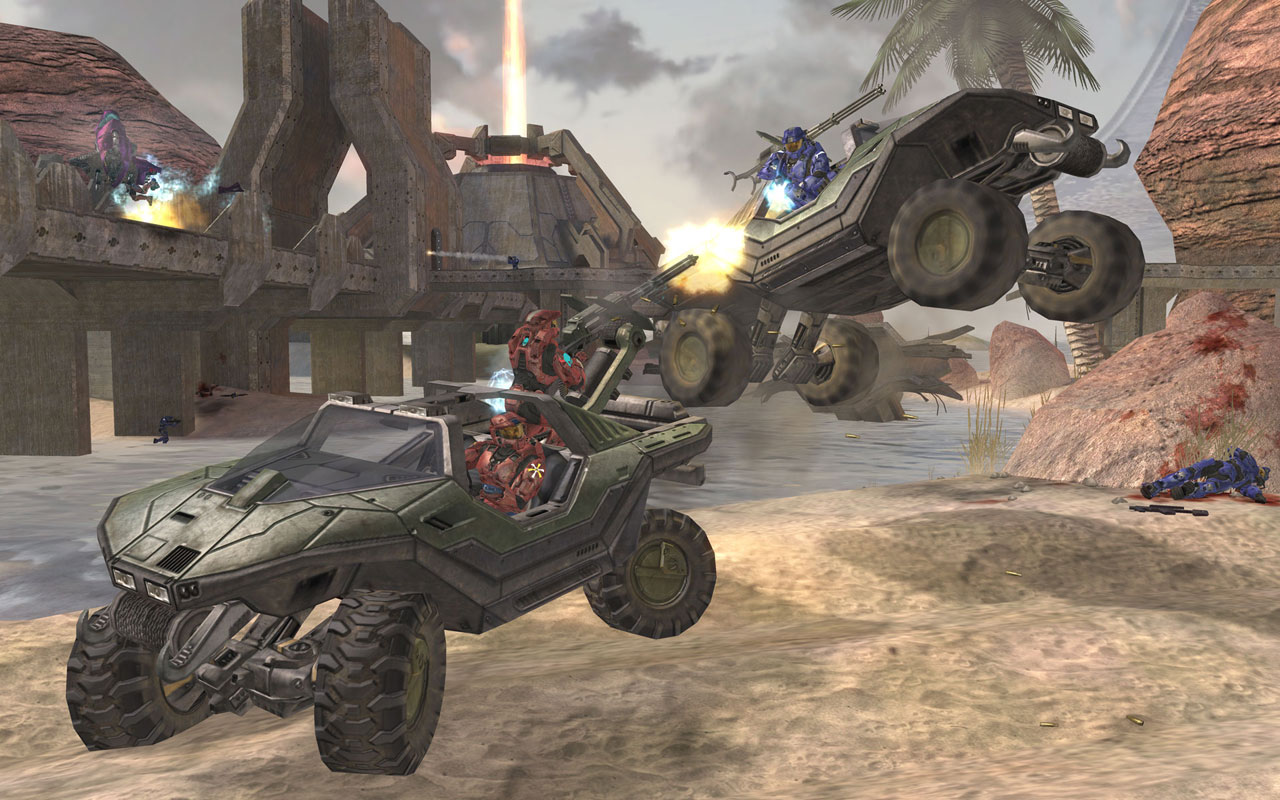
Halo 2 Vista was a disappointing botched release for Halo fans, but things only got worse from there. The year before Microsoft had announced Halo Wars, an RTS from PC development house Ensemble Studios. Outside of Command & Conquer and Warcraft, there may be no more beloved real time strategy series than Age of Empires. But Halo Wars was an Xbox 360 exclusive—supposedly the first game to really get RTS controls right on a console.
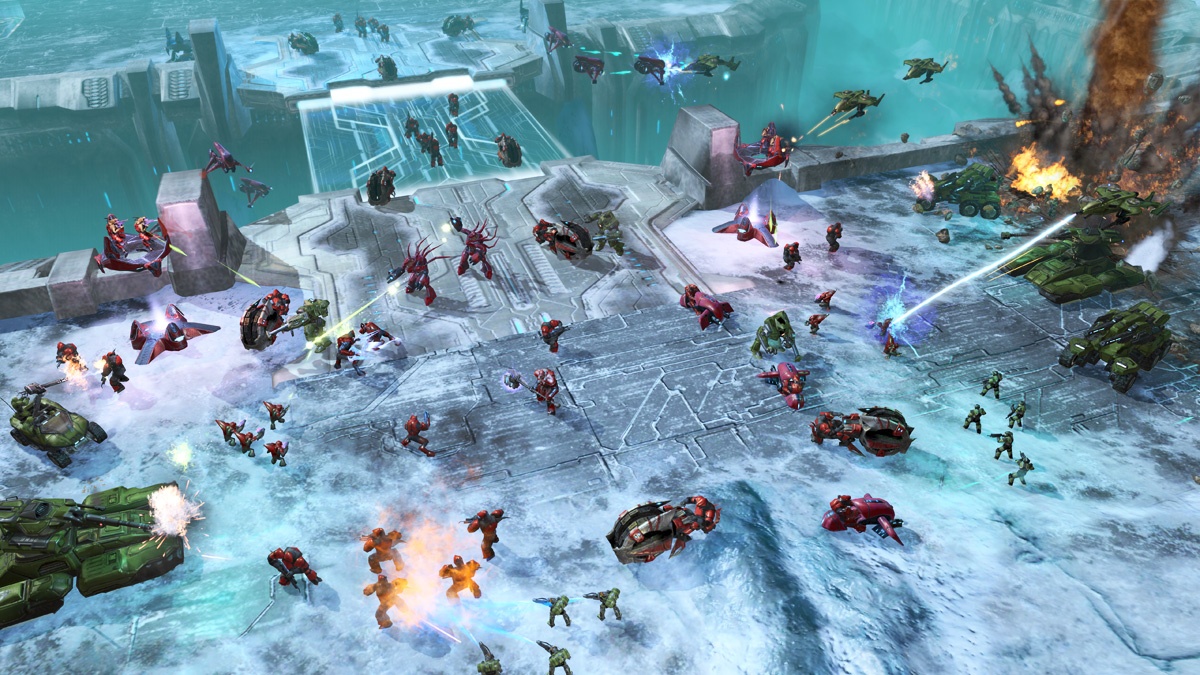
Halo Wars was an Xbox 360 exclusive RTS from the makers of Age of Empires.
Ironically, the game that took Halo back to its RTS roots wasn’t meant to be a Halo spin-off at all. Microsoft bought Ensemble in 2001. A few years later, as the studio began developing a console-focused RTS, Microsoft decided it should be a Halo game. “Microsoft was pretty risk averse and they said, ‘I don't know if we want to take the risk of creating strategy games on a console. We'd feel better if Halo were attached to it,’” Ensemble founder Tony Goodman said. “The difficult part of that was it took the game back about a year in development, and I think it never quite turned out the same. They just said, ‘Why don't you just paint over what you have with Halo stuff?’ But things aren't quite that simple.”
Goodman also said he thought Bungie viewed Halo Wars as “whoring out” their franchise. That was his impression, not Bungie’s words, but there were other points of tension between Microsoft and Bungie over the years. And while Microsoft saw a bright future for Halo, it didn’t see one for Ensemble. Microsoft decided to close the studio as soon as Halo Wars was finished, signing the death warrant of a great PC developer after forcing it to retrofit a console RTS project as a Halo spin-off.
Perhaps Ensemble’s fate would’ve been the same if that console game had never touched the Halo brand. Then again, if Ensemble had remained a PC studio, who knows how popular an Age of Empires 4 could’ve been?
This is the weirdest era of Halo’s PC history. Before Halo Wars, Ensemble was also working on a Halo MMO, codename Titan, inspired by (and meant to compete with) Blizzard’s World of Warcraft. It was canceled before Ensemble fully started work on Halo Wars. Around the same time, Blizzard was also working on a WoW successor, codename Titan, which was also eventually canceled. Many of the Blizzard developers who worked on Titan went on to make Overwatch, reusing some maps and other elements of that game to make the most popular shooter in years. Ensemble’s Titan never made it past the prototype stage.
According to an Ensemble developer, the Halo MMO had actually been greenlit until changes in leadership led to Microsoft pulling the plug. Some of Titan’s concept art looks out of place for Halo, especially its new alien species, and it’s easy to imagine Bungie balking at an MMO vastly ballooning the Halo universe without its direct control. With the cancellation of Titan and Halo Wars’ console exclusivity, Halo entered into a long, dormant PC decade.
On the next page: Halo's long dark period, from Halo 3 to Halo 5.
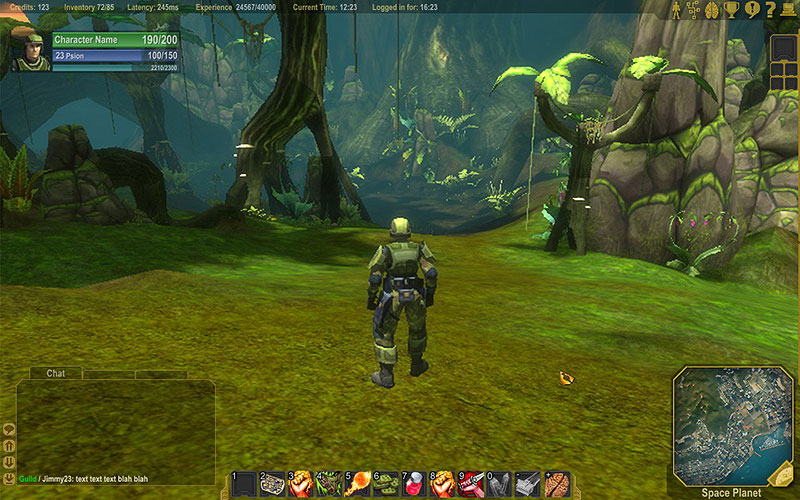
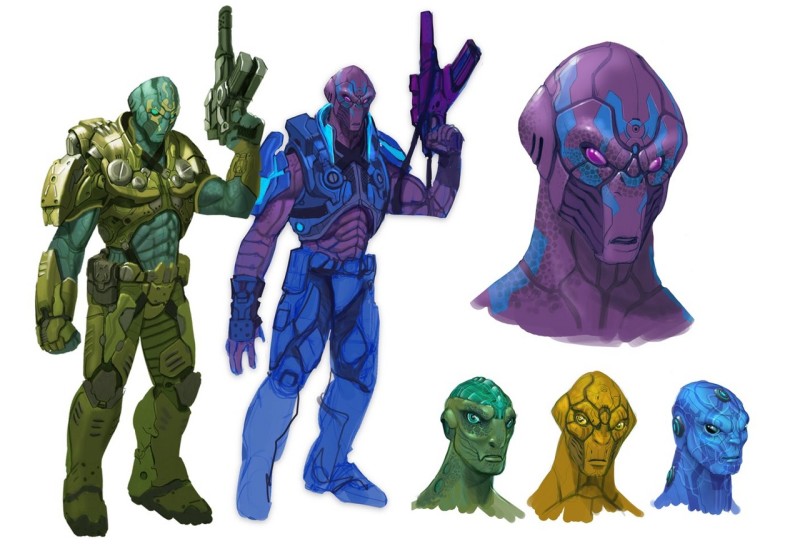

Wes has been covering games and hardware for more than 10 years, first at tech sites like The Wirecutter and Tested before joining the PC Gamer team in 2014. Wes plays a little bit of everything, but he'll always jump at the chance to cover emulation and Japanese games.
When he's not obsessively optimizing and re-optimizing a tangle of conveyor belts in Satisfactory (it's really becoming a problem), he's probably playing a 20-year-old Final Fantasy or some opaque ASCII roguelike. With a focus on writing and editing features, he seeks out personal stories and in-depth histories from the corners of PC gaming and its niche communities. 50% pizza by volume (deep dish, to be specific).

